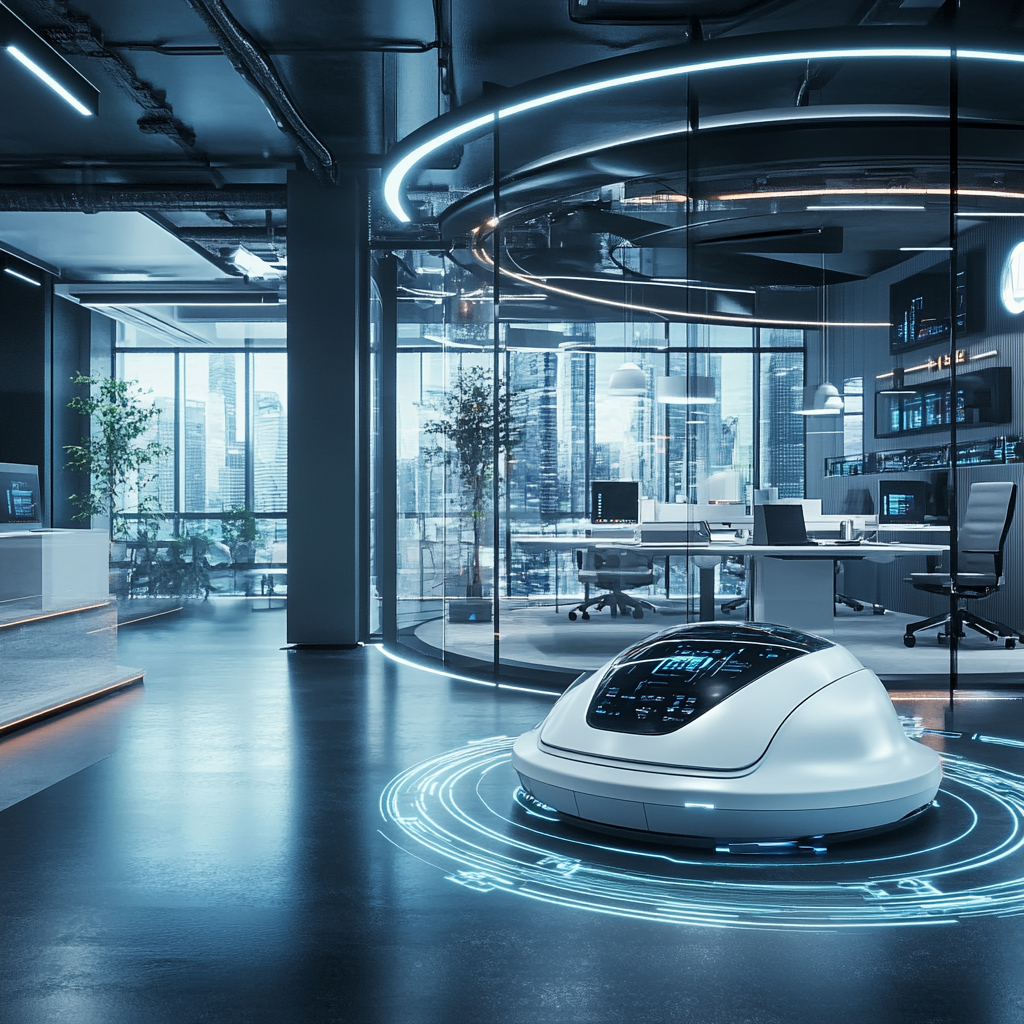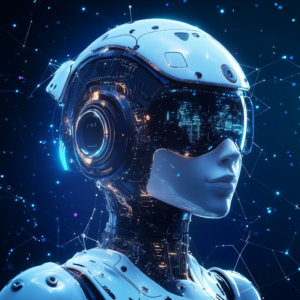
The Agentic Evolution: From Chatbots to Multi-Agent Systems
Picture this: a world where artificial intelligence is more than just a tool in your toolbox; it’s more like a multi-talented co-worker who anticipates your needs before you even think to voice them. This isn’t some distant future limited to sci-fi movies; we are currently living in the midst of a thrilling evolution in technology that shifts us from simplistic chatbots to dynamic multi-agent systems. Enter agentic AI—a domain where machines collaborate like a well-rehearsed orchestra, playing their roles for maximum efficiency. Now, SAP has taken significant strides in this area, offering glimpses into a future that could transform industries as we know them.
Back to the Future: A Brief History of AI Menagerie
Let’s take a little jaunt down memory lane. Did you know AI’s first foray into our lives began with ELIZA in 1966? This rudimentary chatbot gave us our first taste of machine interaction, playing the role of a digital therapist. Fast-forward to the 2020s, and yo, we’ve hit the jackpot! Gone are the days when chatbots like ELIZA struggled to hold a conversation that made any sense. Today, we have intelligent assistants like Siri, Alexa, and even more sophisticated task-specific AI agents that make sense of everything from our financial habits to content moderation on social media platforms.
The next game-changer on the horizon? You guessed it—multi-agent systems (MAS). These are not your run-of-the-mill bots; think of them as collaborative squads working together to solve complex problems. Manufacturing systems use agents to optimize production independently, healthcare relies on them for real-time surgical assistance, and logistics simply wouldn’t function without them managing inventory like pros. And boy, is this a shift in the paradigm or what?
SAP’s Joule Agents: The Enterprise’s New Best Friend
When it comes to pushing the envelope, SAP is leading the charge. Their Joule agents are scene stealers within the SAP Business Suite, set to collaborate across a whole host of enterprise processes. These shiny new agents don’t just exist in isolation; they’re part of a grander design powered by the SAP Business Technology Platform. Imagine reliable data backing every decision, like having a GPS that always knows how to avoid traffic jams on your route to success.
Let’s take a closer look at what’s cooking in SAP’s workshop—the upcoming sales and supply chain agents. The sales agent is no simpleton; it recommends the best pricing and bundling strategies while chatting away with the supply chain agent to ensure stock availability and delivery times. This level of coordination means no more empty promises, no more ghost deliveries. It’s like a meticulous planner ensuring that your wish for next-day delivery actually happens, not just a mirage[1].
The “Why Now?” Dilemma: Foundation Models to the Rescue
What’s fueling this fantastic leap forward, you ask? Enter the realm of foundation models. Take a bow, folks—OpenAI’s o1 and o3 are leading the charge, and let me tell you, they carry some serious brain power. We’re talking about machines that can think critically and creatively—a massive jump from the previous iterations that struggled with elementary tasks. For instance, o3 has aced a human-like reasoning test with over 80% accuracy, leaving behind its predecessor, GPT-4o, like a tortoise in a race with a cheetah![3].
But hold your horses—SAP is not solely relying on this raw AI muscle. They’re weaving a sophisticated knowledge graph that contextualizes data, ensuring that their agents don’t just throw information around like confetti. Instead, they understand the intricacies of business processes, amplifying human intuition instead of wiping it off the board[1][3].
The Bumps in the Road: Challenges and Opportunities
It’s not all smooth sailing. SAP’s own CEO, Christian Klein, has pointed out that a whopping 80% of customers currently lack the necessary infrastructure to fully embrace AI automation. This is like wanting to build a mansion but realizing you haven’t even laid the foundation yet! Here’s where SAP steps up, offering pre-built solutions that mean you don’t need to take a crash course in coding or systems engineering to participate in this revolution. Think of it as driving a high-performance car with automatic transmission—no need for grease-stained manuals or extensive mechanics training[1].
On the partnership front, SAP isn’t flying solo. The collaboration with Vonage integrates network APIs like Quality-on-Demand and Number Verification into the SAP Business AI fabric, making enterprise intelligence more robust than ever. Picture a radar system that not only optimizes supply chains but also prevents fraud in real-time—a double whammy that heightens enterprise resilience [5].
The Road Ahead: Autonomous Systems and the Future
So, what lies in the crystal ball for agentic AI? The future is literally bursting with opportunities. We are on the cusp of multimodal AI—systems that can process text, visuals, and even voice data. Just imagine an agent that not only hears the frustration in a customer’s voice but recalibrates its response in real-time, tailored to their emotional state. How’s that for service with a smile?[2][4].
And with great power comes great responsibility! We need to navigate ethical AI, security, and transparency carefully. SAP’s strategy of rooting its agents in trusted data and end-to-end processes serves as a template for responsible innovation. This journey isn’t about erasing human input but rather enhancing it, allowing creative strategies and insightful decision-making to reign supreme.
Call to Action
Curious about how this agentic AI revolution can impact you? Subscribe now to our Telegram channel @channel_neirotoken for all the latest scoop on AI, enterprise technology, and the future of workplace dynamics. Whether you’re an industry titan or a tech-savvy enthusiast, keep your finger on the pulse of innovation—because the AI evolution is just getting started!

